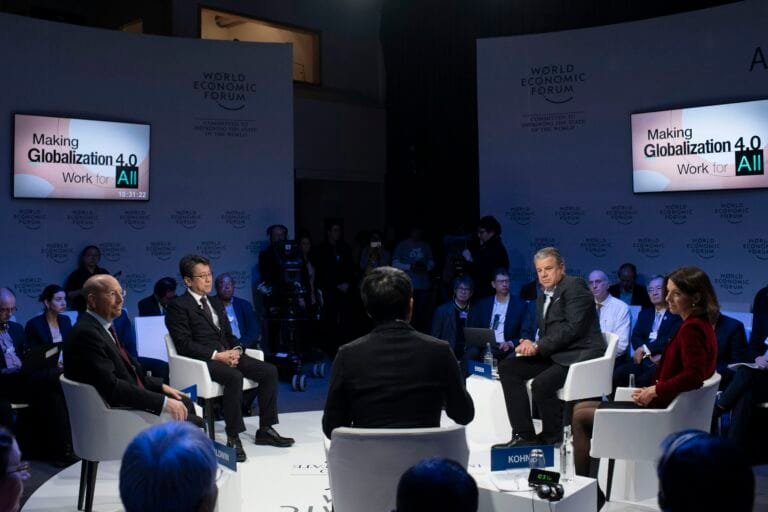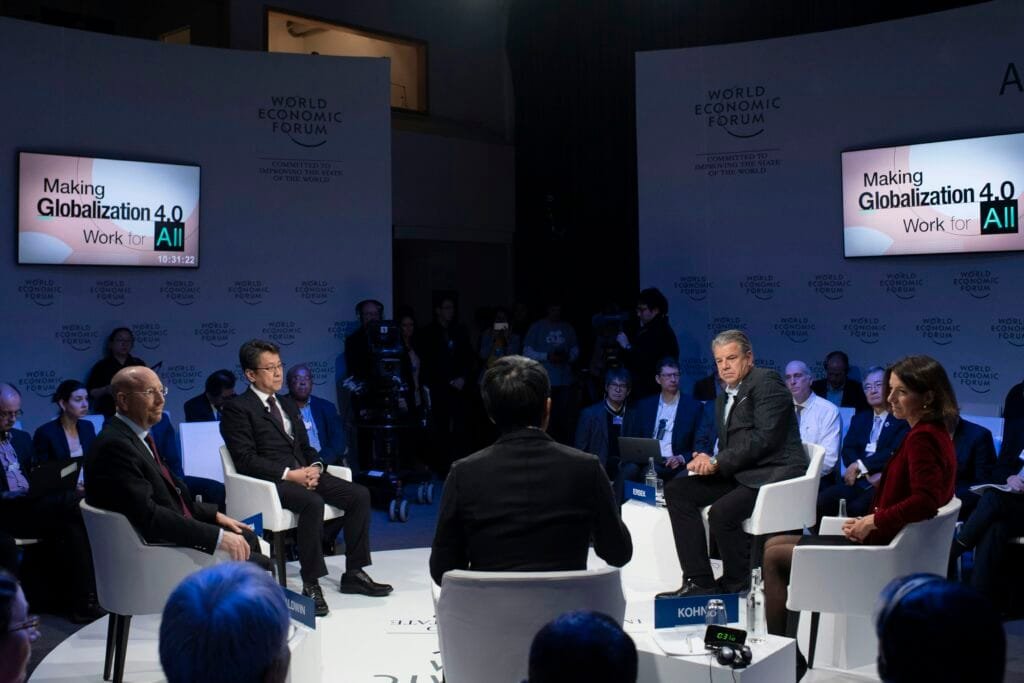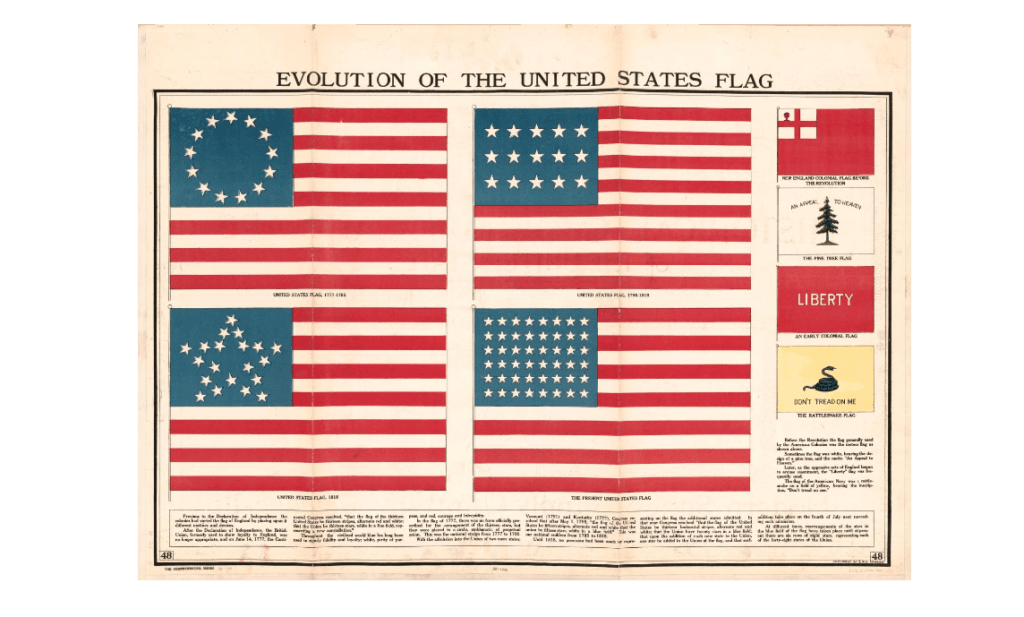The Chinese Academy of Sciences (CAS) hailed the achievement – detailed in a study published by the journal Nature on Wednesday – as a “significant breakthrough” in material science.
The research was a collaboration between Zhang Zhenjun and Zhang Zhefeng, from the CAS Institute of Metal Research’s Shenyang National Laboratory for Materials Science, and Robert Ritchie from the University of California, Berkeley.
According to the peer-reviewed paper, the study was conceived in China and the sample material was also produced there. Ritchie took part in the reviewing process for the manuscript.
While 3D printing – also known as additive manufacturing (AM) – has revolutionised manufacturing, the process has been of limited use for making components that require a high level of fatigue tolerance.
Chinese scientists develop cutting-edge tech for 3D ceramic printing in the air
Chinese scientists develop cutting-edge tech for 3D ceramic printing in the air
Metal 3D printing uses lasers to melt metal powder and accumulate it into specific, complex shapes with reduced preparation cycles – perfect for the rapid fabrication of large, intricate items.
However, the high heat generated by powerful laser beams typically used in printing often leads to the formation of gas pores within the parts which in turn compromise the alloy’s performance.
These microvoids can serve as focal points for stress concentration, initiating cracks prematurely and facilitating their propagation, thereby diminishing the material’s fatigue life.
To address this, the researchers set out to produce a titanium alloy free of pores. They developed a process using Ti-6Al-4V, a titanium-aluminium-vanadium alloy, achieving the highest fatigue tolerance among all titanium alloys to date.
“Our theory posited that ideally, alloys printed under perfect conditions should exhibit superior fatigue performance,” said Zhang Zhenjun in an interview with the South China Morning Post.
“Achieving this objective appeared straightforward at first glance. Yet, the simplicity of the task was deceptive. Techniques currently employed to eliminate gas pores often result in a coarsened internal structure of the alloy,” he said.
“Addressing this issue without reintroducing pores or other adverse effects proved challenging. We developed a new technique called Net-AM processing which prints at high temperatures.”
According to Zhang, the process begins with hot isostatic pressing to eliminate gas pores, followed by rapid cooling before any alteration to the internal structure of the alloy can occur.
Using this process yielded a pore-free alloy with a 106 per cent improvement in tensile fatigue strength – from the traditional 475 MPa to 978 MPa – a world record.
“This achievement holds great promise for industries demanding lightweight materials, such as aerospace and new energy vehicles,” Zhang said.
How 3D printing is helping resurrect a century-old village in rural China
How 3D printing is helping resurrect a century-old village in rural China
So far, the material has only been produced at a sample scale, in a dumbbell shape with the thinnest section measuring 3mm (about 0.118 in), which is too small for most real-life applications.
While the technology is still in the experimental phase, it already has great application prospects, according to Zhang.
“Thicker sections would face heat transfer limitations during processing. Nonetheless, this advancement is sufficient for the fabrication of many thinner, complex devices,” he said.
According to the CAS website, many aviation parts – including Nasa’s rocket nozzles, the support frames of China’s J-20 fighter jet, and the fuel nozzles of the Chinese C919 aircraft – have been made using 3D printing technology.
With future scaling up, the technology could be poised for widespread industrial application but whether its development will continue to attract international collaboration is yet to be seen.
Cooperation between China and the US tends to be rare once a technology has developed sufficiently to be applied to more specific military or aerospace uses.
Zhang said that in addition to the team’s achievement, “this study also inspires some new research directions for current AM technology”.
“The viewpoint that void-free AM microstructures have exceptionally high fatigue resistance should apply not only to Ti alloys but also be extended to other metallic material systems”.














